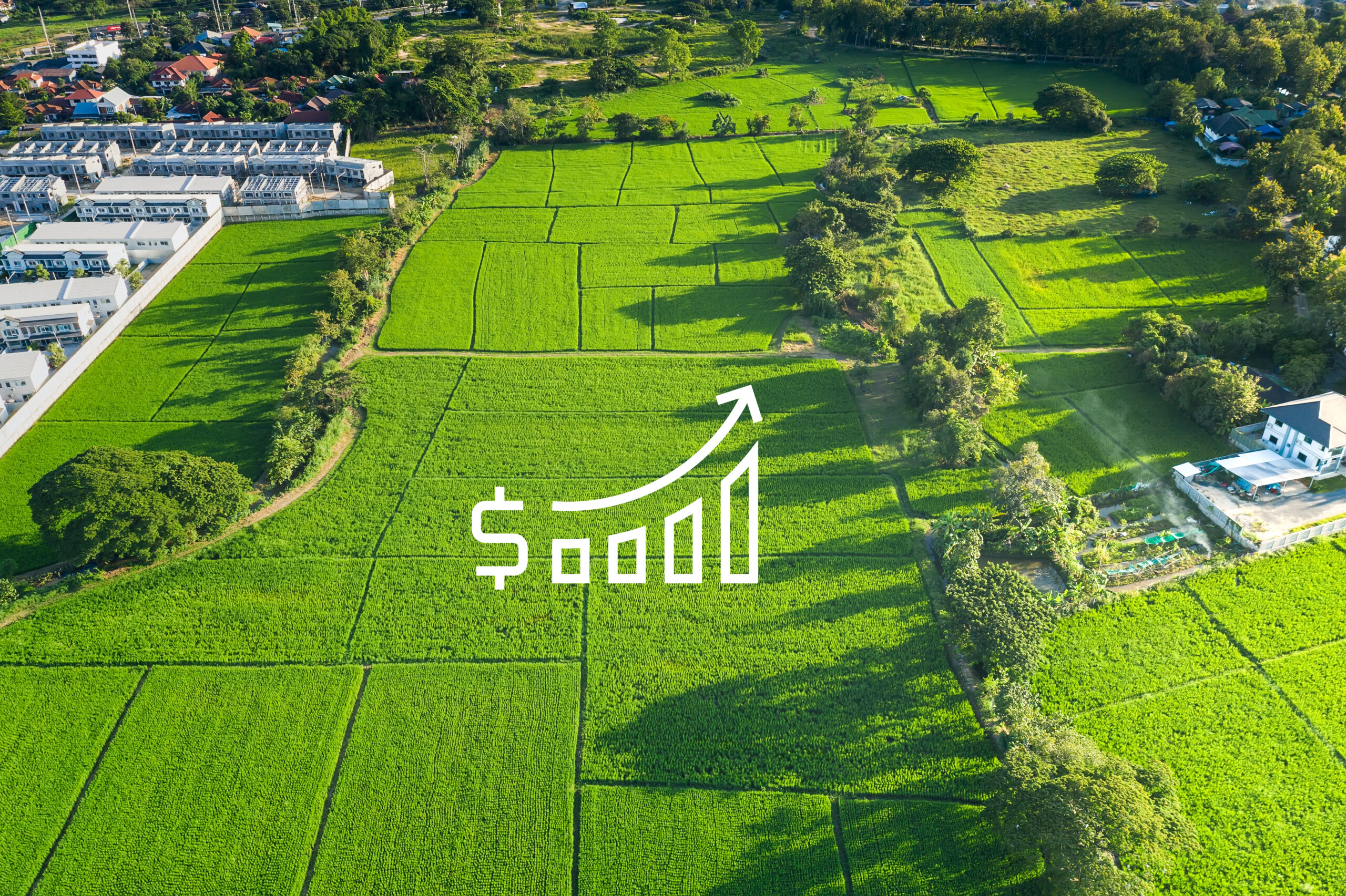It’s still early, but purpose-built rental apartment completions in Toronto are trending in the right direction.
“Certainly the changes the government has made through Bill-108 are starting to have impact on investor confidence, as well as builders and developers who have only focused on condo growth in the last number of years over personal rentals,” said Tony Irwin, president and CEO of the Federation of Rental-Housing Providers of Ontario.
“Now they feel emboldened and the environment is shifting with a government that believes purpose-built rental is essential to the overall rental mix. We’re seeing positive results in the data backing up what we’ve been hearing anecdotally through some of our members.”
Indeed, according to a report from Urbanation, the removal of rent control may be responsible for a record-high of 44,093 proposed rental units in Toronto, where the vacancy rate rose to 1.5% from 1.1%—a four-year high.
The Urbanation Q2 report surveyed new purpose-built rentals completed in the last 14 years across the Greater Toronto Area, noting that there has been a 7.6% year-over-year increase of available units, however, there was a 10.3% decrease in the annual rate going back to Q2-2018. Average rent in the same sample hit $2,475, a record-high, on 794 square foot units, the equivalent of $3.12 per square foot.
In nine buildings that began occupancy in the last 12 months—a 25-year-high for annual completions—55% of units were leased by the end of this year’s second quarter. The available rents in those 710 square foot units averaged $2,697, the equivalent of $3.80 per square foot.
At the end of 2018, there were 12,071 purpose-built rental units under construction—a 30-year-high—but there was a decline through 2019, as the number of units fell to 11,075 through the second quarter of 2019. In fact, only 370 rental units began construction during the quarter, which is the lowest since 2016.
Still, the total inventory of planned units hit 44,093 in Q2-2019, a year-over-year increase of 4,649 units.
Irwin noted that while it’s good to see regulation easing, there’s still a long way to go until the supply gap is sufficiently closed.
“The supply gap is 70-100,000 units over the next decade, so while we see encouraging numbers here with the vacancy rate rising to 1.5% and the number of completed units in the last five years reaching a 25-year-high, we still have a long way to go to eliminate the supply gap and get the vacancy rate into the 3% range.”
Neil Sharma is the Editor-In-Chief of Canadian Real Estate Wealth and Real Estate Professional. As a journalist, he has covered Canada’s housing market for the Toronto Star, Toronto Sun, National Post, and other publications, specializing in everything from market trends to mortgage and investment advice. He can be reached at neil@crewmedia.ca.









